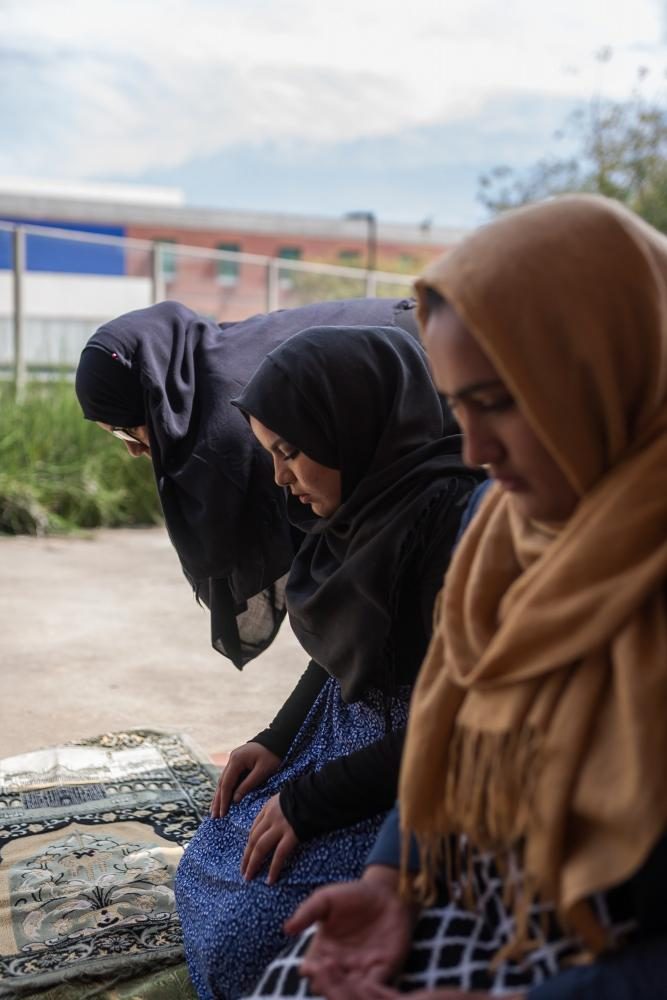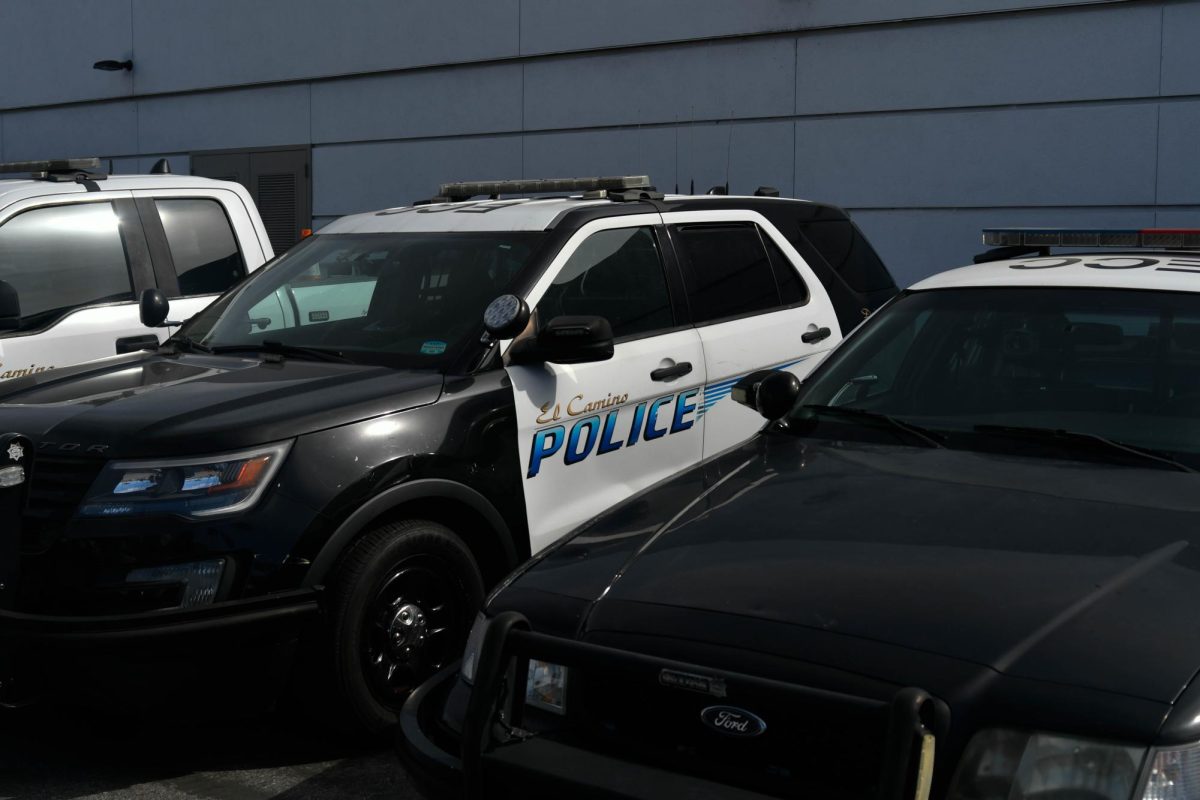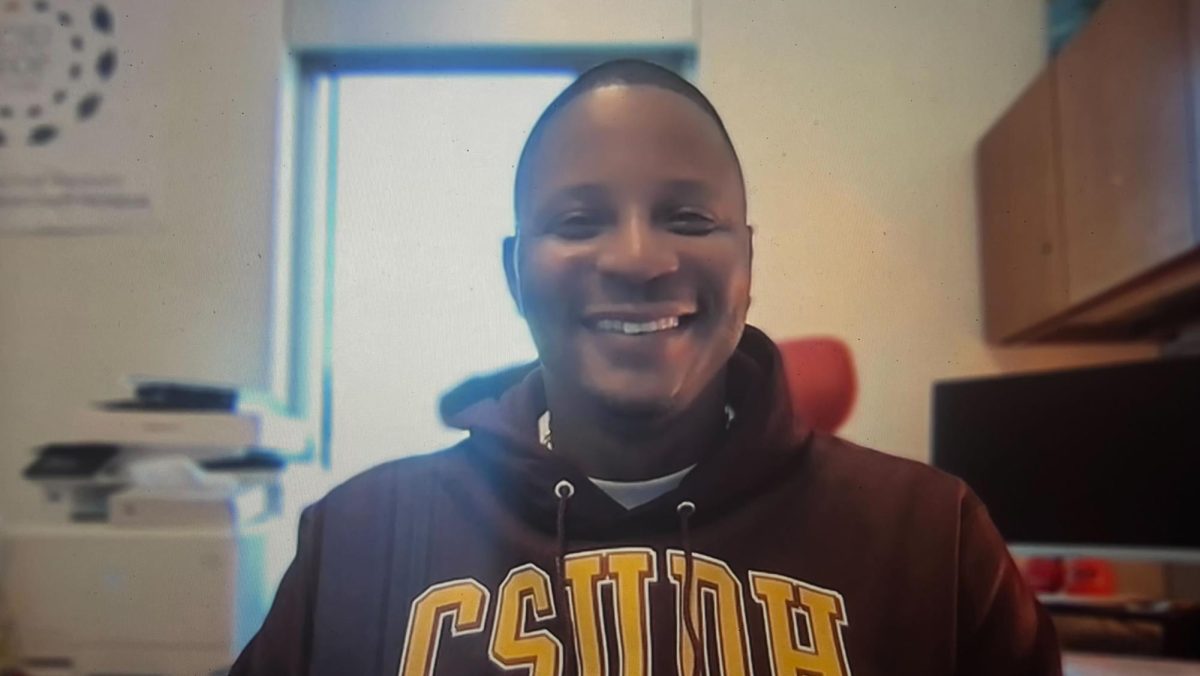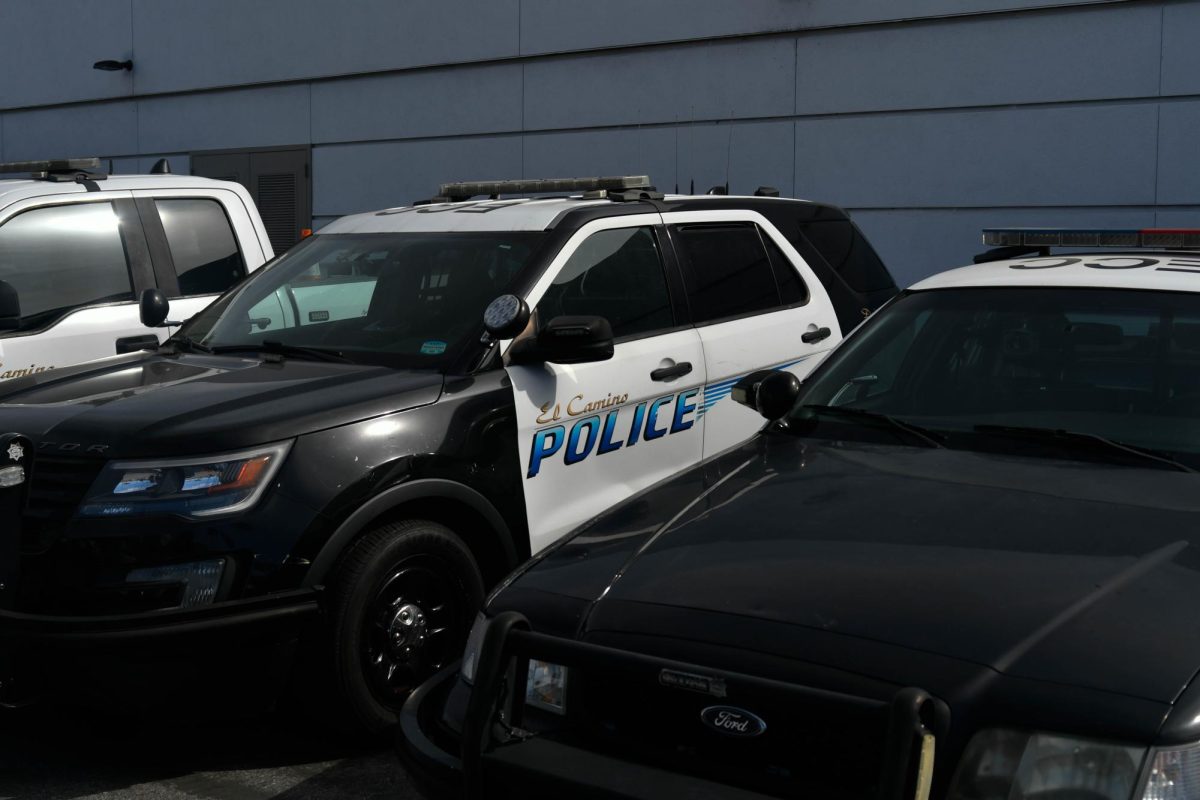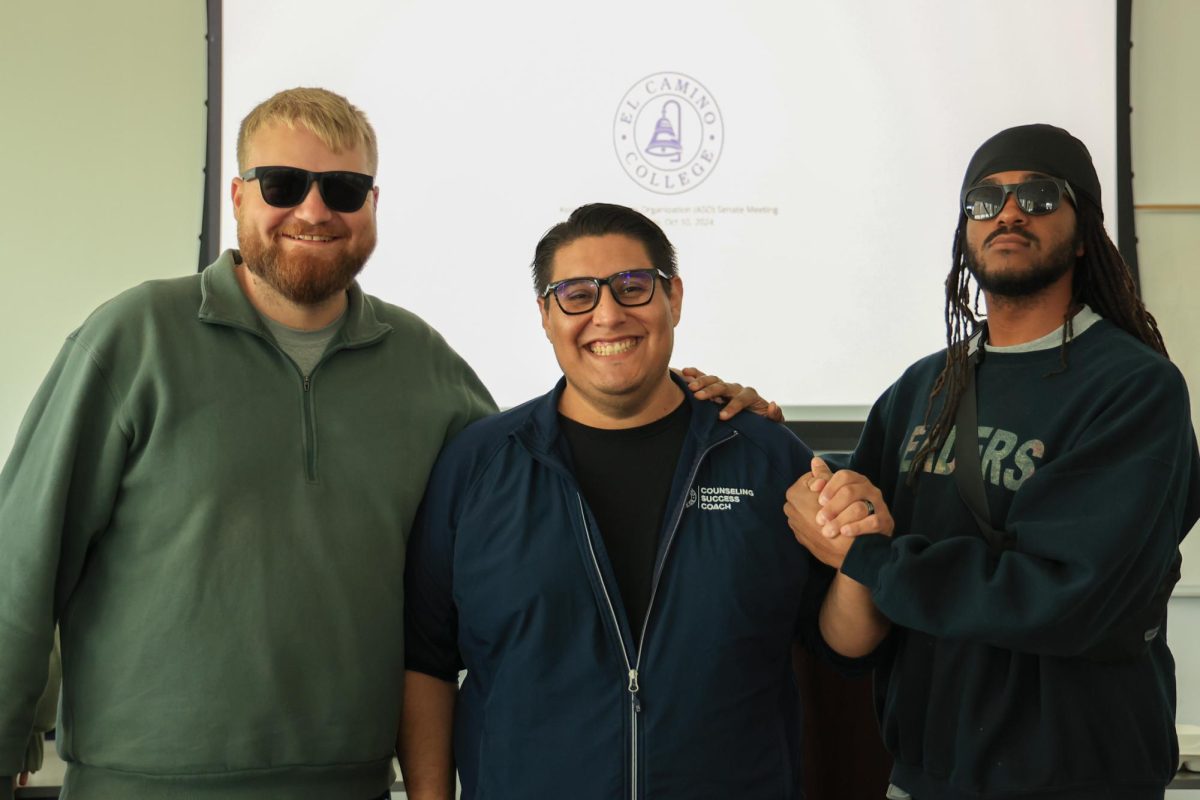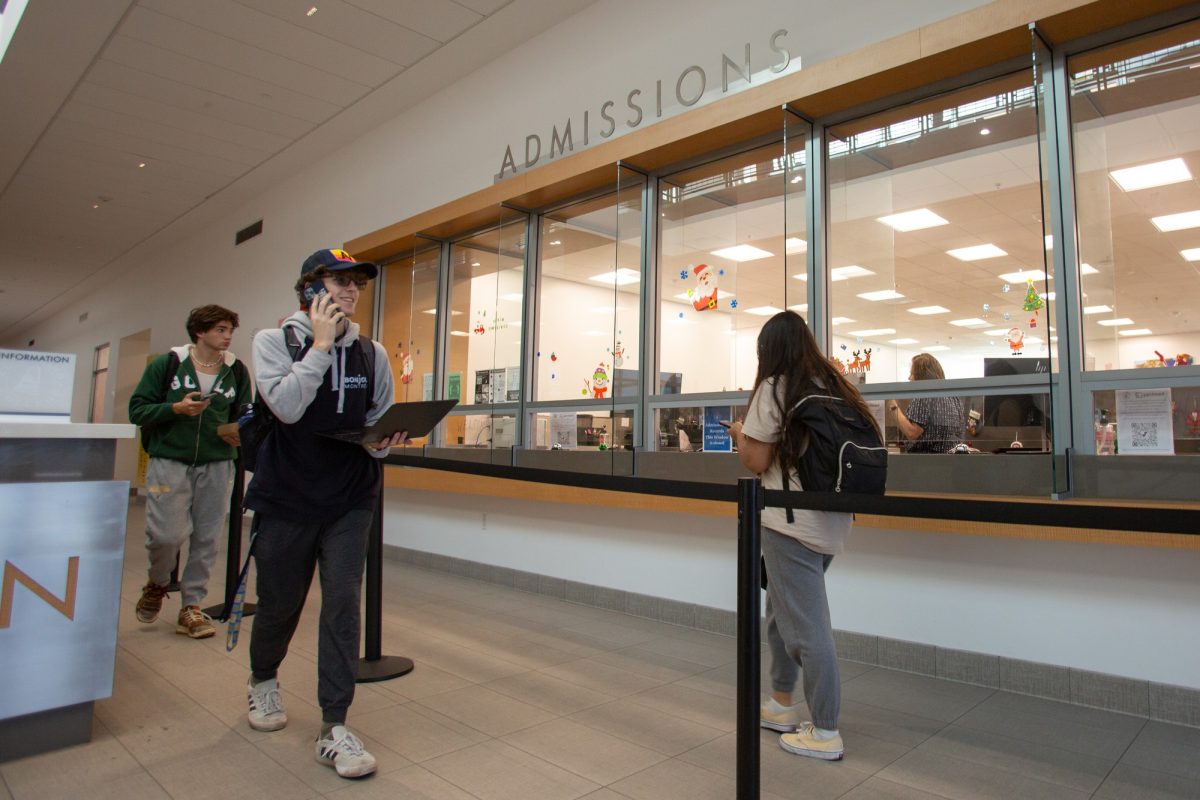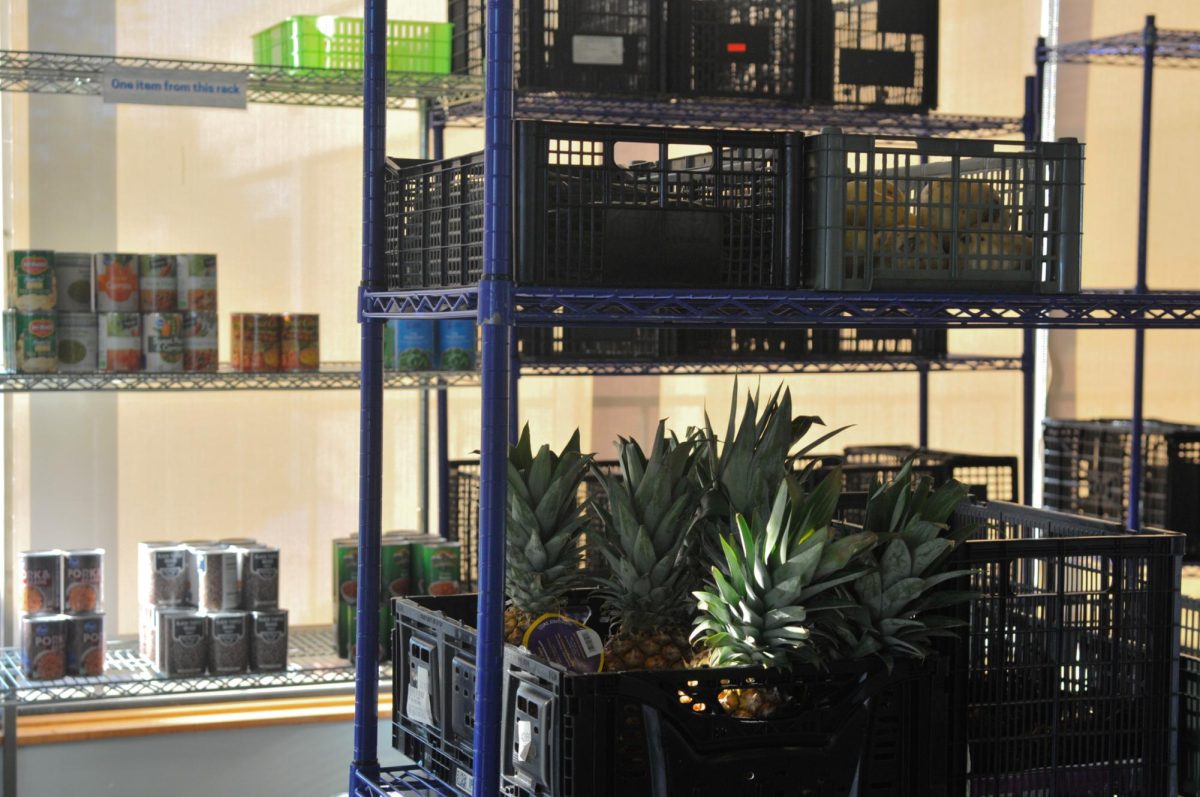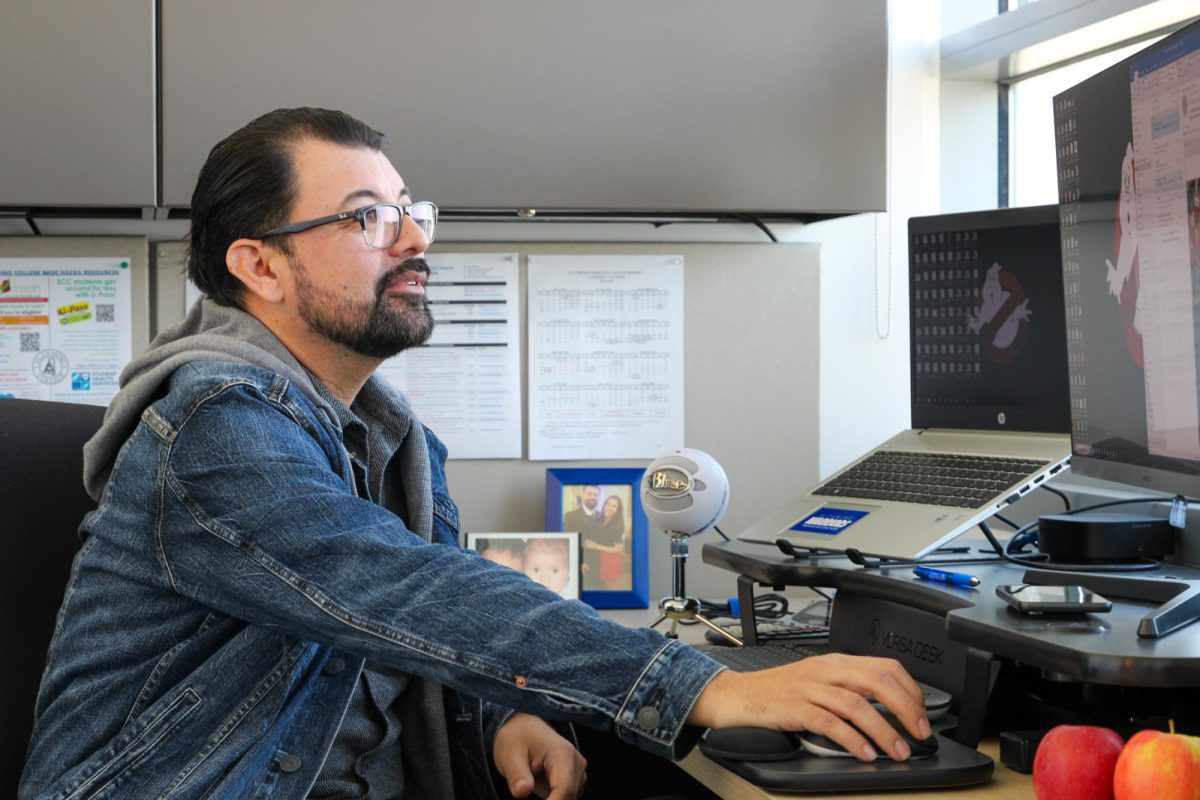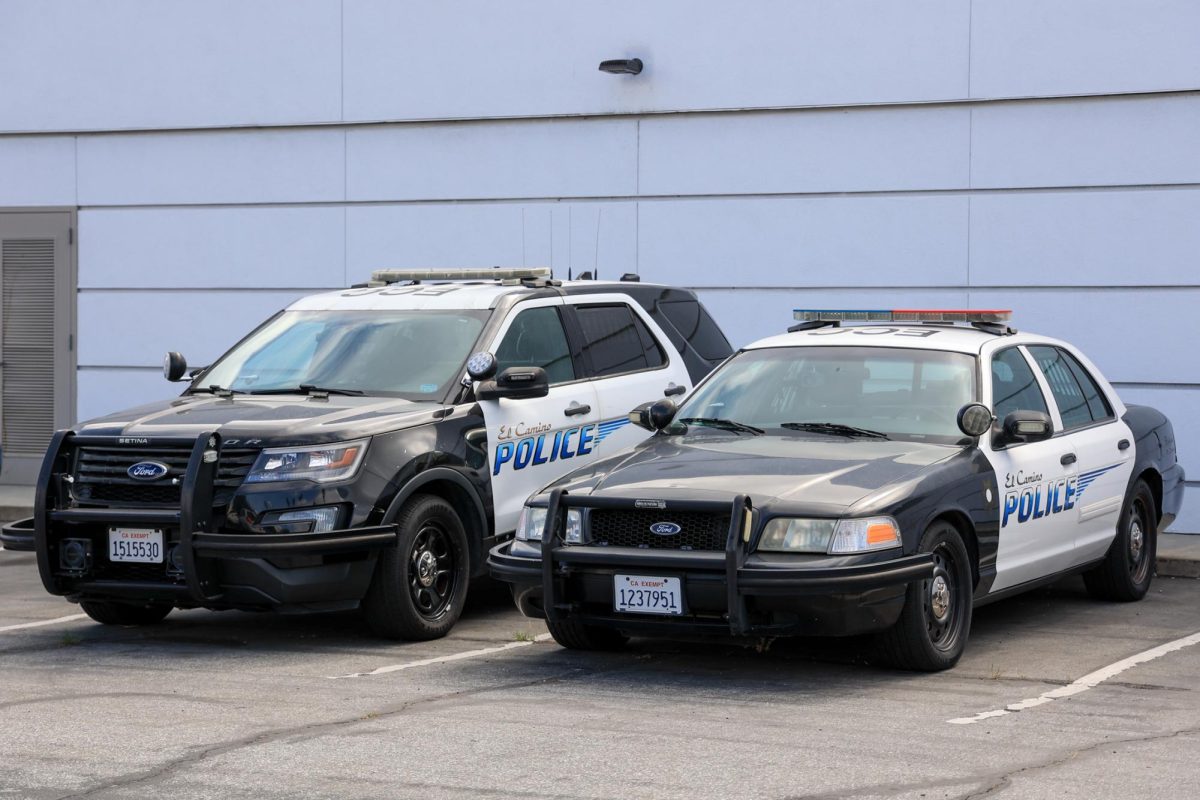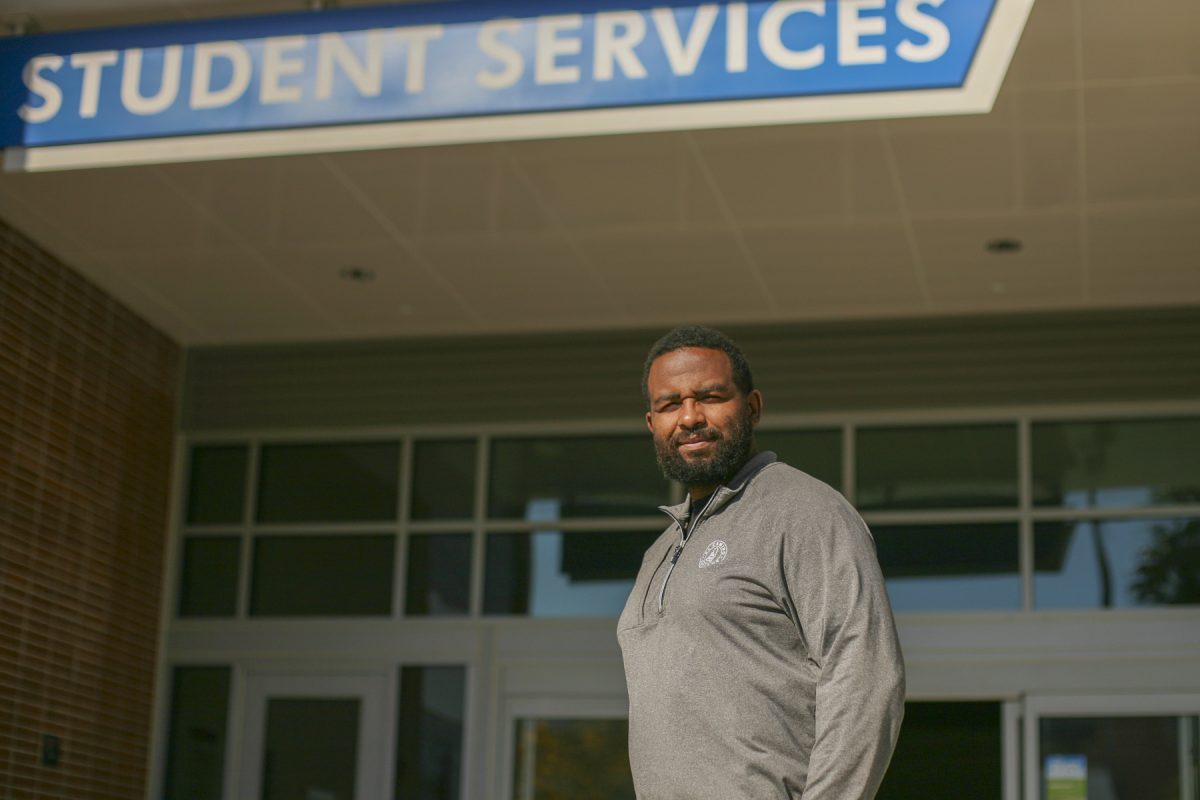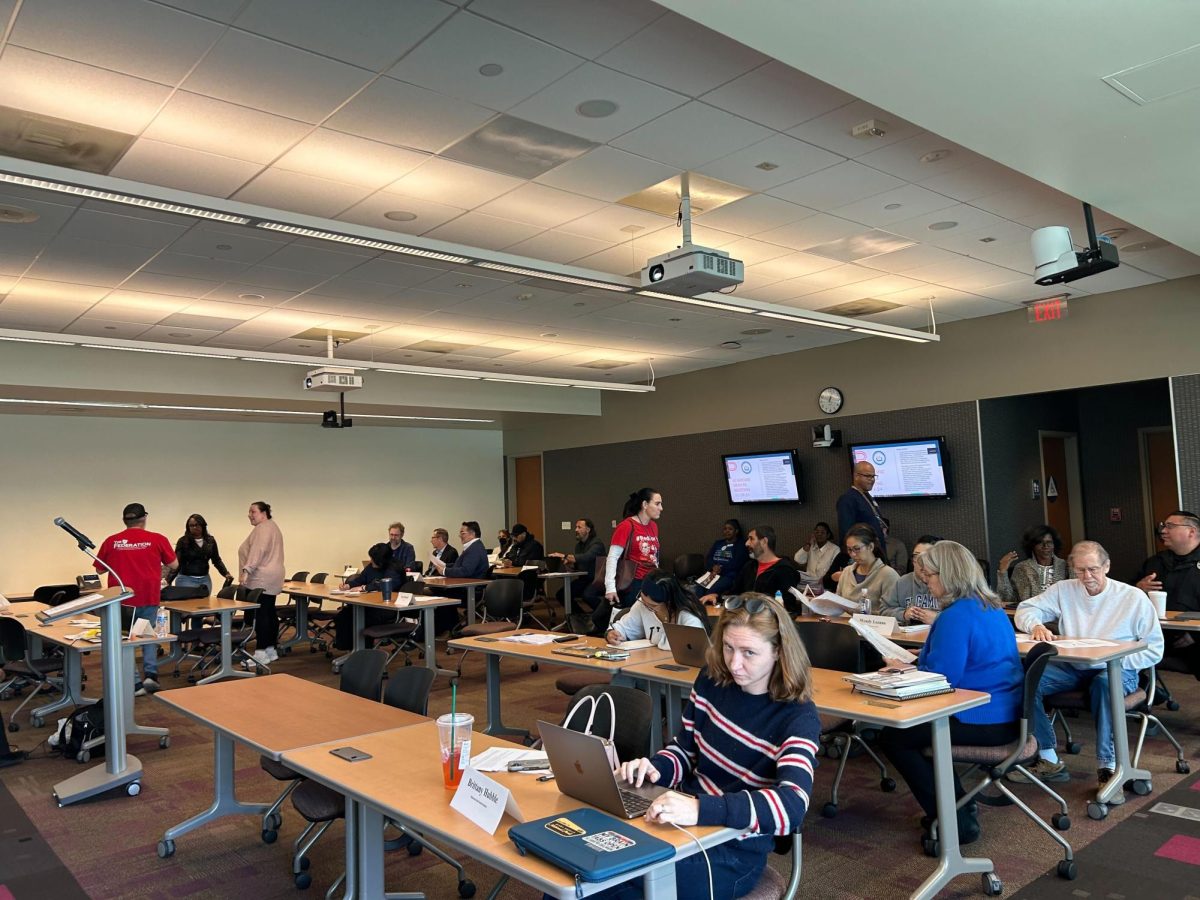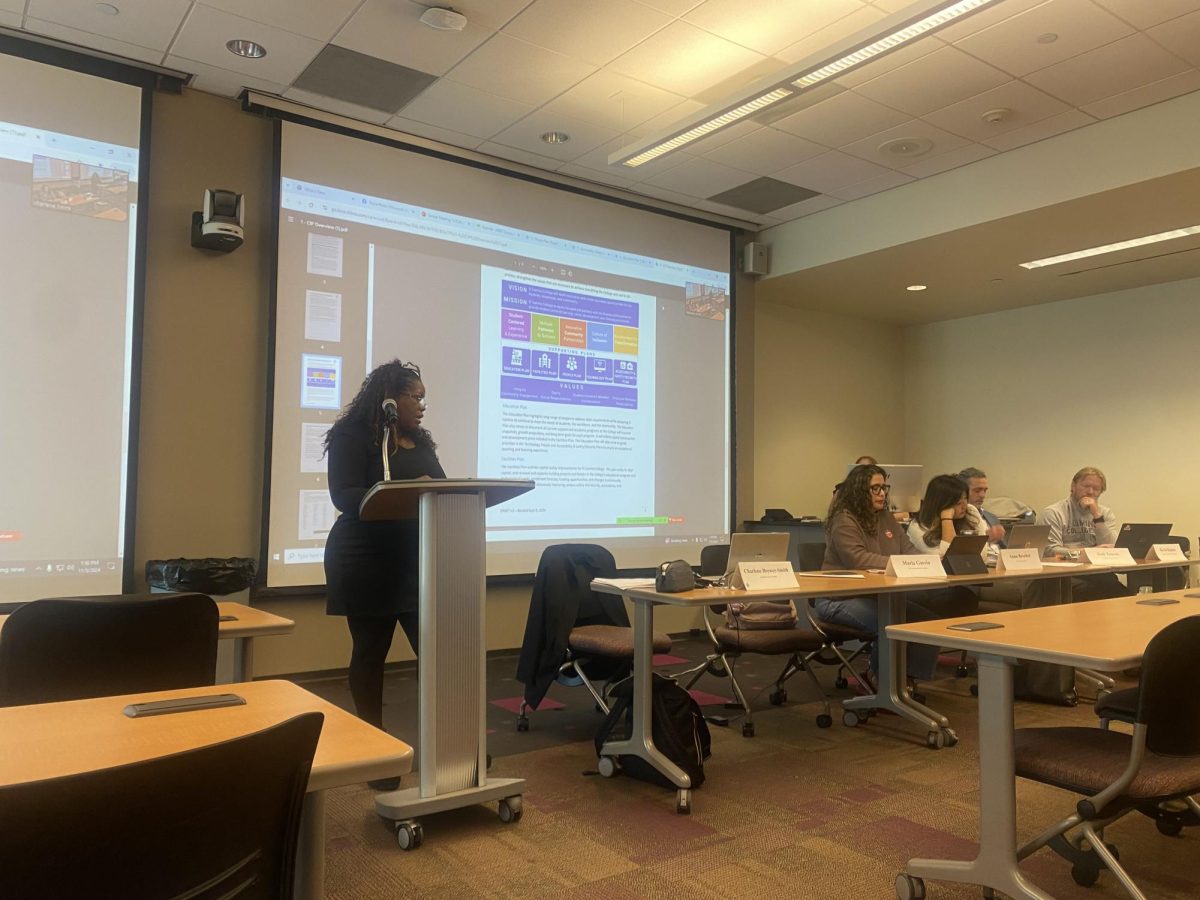With a jacket spread out in front of her as a substitute for a prayer mat, she was engaged in Duhr prayer in the empty courtyard of the Natural Science Building.
She was about to enter into prostration when something tugged at her.
Thick, heavy fingers lightly pinched the back of her hijab.
Syrah Navid, 20, public health major, thought it was her imagination.
Then quickly, a second time, the fingers tugged at her hijab again.
This time harder.
The brown and black patterned scarf that covered every inch of her hair was being pulled down
As the scarf began to slip down her head, strands of hair escaped, as fear came over her.
Again, the fingers yanked on her hijab and Navid impulsively pulled her scarf close.
Frozen in place, she kept praying. She was afraid to turn around and see who those fingers belonged to.
When Navid finished her prayer, the stranger had left and tears were in her eyes.
She thought of reporting it to the Campus Police, but she did not want to create chaos.
But as days went by, Navid, who spends almsot 12 hours a day on campus, grew concerned.
“I felt scared to be on campus (after the incident),” Navid said.
She said she felt the need to prevent this from happening to anyone else.
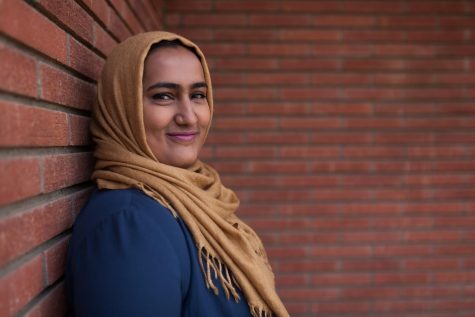
Making a change:
Navid sent an email to El Camino President Dena Maloney, requesting a prayer room.
An email response from Vice President of Student and Community Advancement Jeanie Nishime said that President Maloney and the cabinet discussed the request and they could not provide a prayer room.
Nishime, who’s worked at EC for 10 years, said it’s “highly unlikely” that there will be a designated room for prayer in the future.
This is because a designated room to one group on campus may perpetuate other groups to want a designated room for another purpose, Nishime said.
There is also limited space on campus Nishime added.
Nishime had advised Navid to work with ASO and the Student Equity Advisory Council to create awareness about Islam.
If any harassment were to happen, students should report it to an administrator or Greg Toya, director of student development, who can then make the needed disciplinary actions.
Navid mentioned the need for a prayer room in one of the Student Equity Advisory Council meetings.
She said that the students could try booking a room where they would fill out a Calendar Requisition Form at the Student Development Office, but an adviser has to be present at all times.
Navid said that it’s difficult to find advisers to stay throughout the day every day.
What was born from this was discussion for “possible prayer rooms” and “more programming to promote tolerance of different faiths and different beliefs on campus,” Chris De la Cruz, ICC and ASO co-advisor, said.
The Student Equity Advisory Council and MSA paired up to create the event Muslim in America which is part of the Student Empowerment Dialogue Space Series on March 21.
The event’s purpose was to create awareness about Islam and tolerance toward Muslims through discussion and dialogue with both Muslims and non-Muslims.
Kumin Kim, 19, philosophy major, attended the event and said she was unfamiliar with the religion of Islam.
Kim, a Catholic, admires Muslim students who pray in the open, she said. It shows that “they’re proud” of their religion and she thinks they deserve a clean area.

Muslims in prayer:
Muslims pray five times a day that depend on the positioning of the sun in relation to Earth.
Fajr prayer is prayed as the sun rises. Dhuhr prayer is prayed around noon/early afternoon. Asr prayer is prayed during late afternoon. Maghrib prayer is prayed as the sun sets. And Isha is prayed any time after sunset and before sunrise according to the book “Being Muslim: A Practical Guide” by Asad Tarsin.
On campus, these prayers take place in random areas where Muslim students feel they won’t disrupt anyone, Navid said.
A popular place is the Schauerman Library. Sometimes behind bookshelves and other times on the library’s patio.
Wyam Elkhidir, 23, psychology major, is a Muslim student at Santa Monica College and is part of the Muslim Student Association there.
Elkhidir said Muslims pray in the basement of the science building at SMC, as they do not have an official prayer room either, but she wants to work with SMC student government to get one.
“Everyone has been respectful here,” Elkhidir said.
Some Muslim students at El Camino have had a more positive experience praying on campus.
“Most of the time when I’m on campus, it’s easy to find a space to pray and I don’t feel in danger at all,” Keya Hossain, 16, psychology major, said.
Hossain, who was on the discussion panel for the “Muslim in America” event, said that despite her positive experience, she still advocates for a prayer room.
“If not a prayer room, a meditation room – something where many people of different faith can come together and be comfortable with each other praying,” Hossain said.




